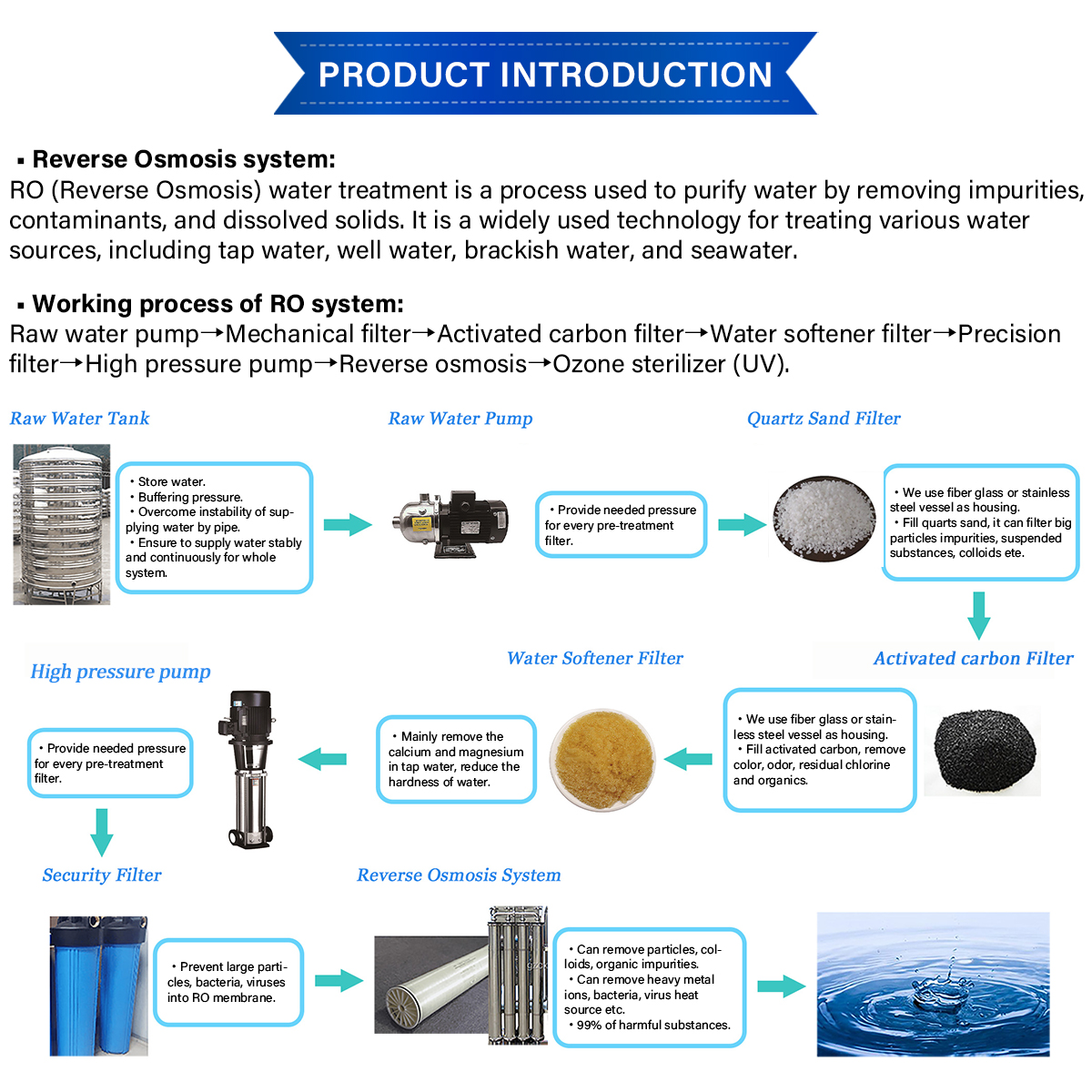What is the principle of reverse osmosis salt removal?
Reverse osmosis is a new film separation technology developed in the 1960s, which relies on reverse osmosis membrane to separate the solvent and solute in the solution under pressure.
To understand the principle of reverse osmosis salt removal, we must first understand the concept of "osmosis".
Infiltration is a physical phenomenon, when two kinds of water containing different concentrations of salts, such as using a semi-permeable film to separate it will be found that the water on the side with less salt content will permeate through the film into the water with high salt content, and the salt contained in it is not permeable, so that the salt concentration on both sides will gradually melt to equal.
 However, it takes a long time to complete this process, which is also known as natural infiltration.
However, it takes a long time to complete this process, which is also known as natural infiltration.
However, if a pressure is added to the water side with high salt content, the result can also make the above permeability stop, and the pressure is called osmotic pressure.
If the pressure is increased, the water can permeate in the opposite direction, leaving the salt.
Therefore, the principle of reverse osmosis desalting is that in salt water (such as raw water), the pressure is greater than the natural osmotic pressure, so that the penetration is carried out in the opposite direction, the water molecules in the raw water are pressured to the other side of the membrane, and become clean water, so as to achieve the purpose of removing the salt in the water, which is the reverse osmosis desalting principle.

